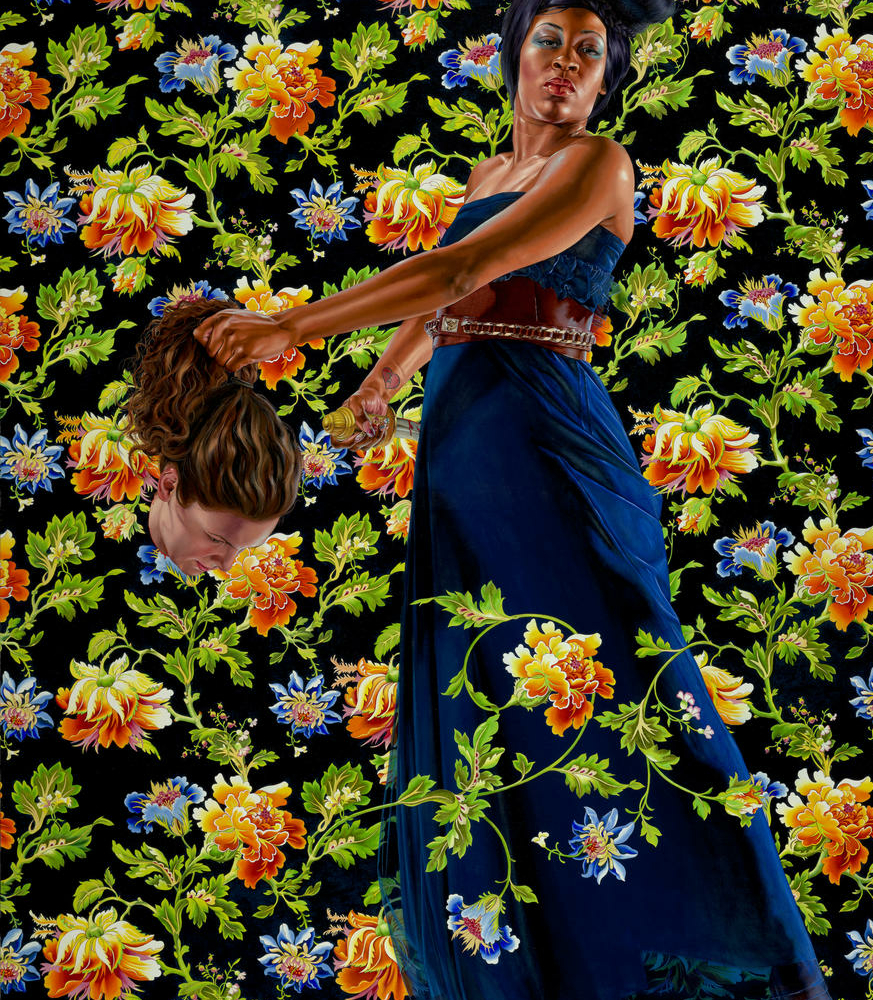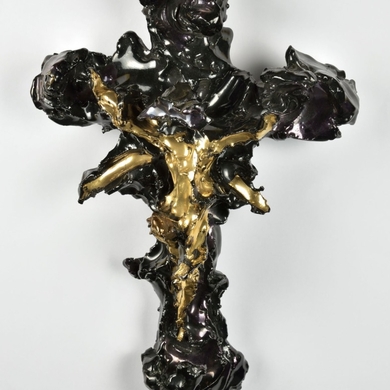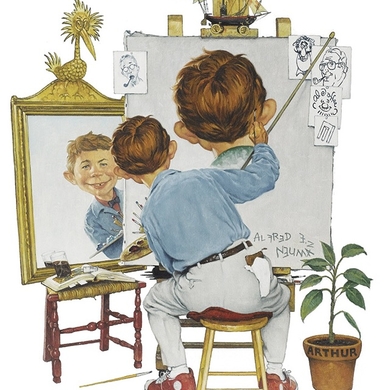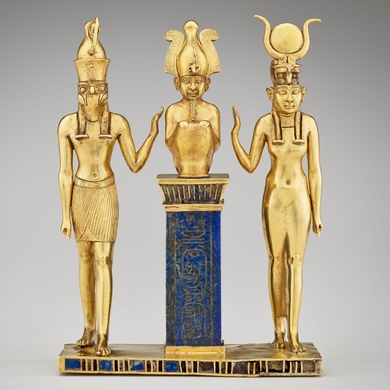In 1612, Artemisia Gentileschi painted Judith Slaying Holofernes, a gruesome depiction of an Old Testament story in which Judith, an Israelite, uses a sword to decapitate Holofernes, an Assyrian general. Painted by a young Italian woman during the early Baroque period, when female artists were a rarity, the image of a lady slaying a man was interpreted both then and now as a feminist statement. In 2012, exactly 400 years later, Kehinde Wiley, an artist who foregrounds Black people in adaptations of classical paintings, reinterpreted Gentileschi’s work in two paintings. In each of them, a Black woman holds the decapitated head of a white woman by her ponytail. One of those paintings—Judith and Holofernes—will be on view with Gentileschi’s masterpiece. —Jensen Davis
Arts Intel Report
Gentileschi/Wiley: Two Paintings of Judith 400 Years Apart

When
July 19, 2021 – Oct 9, 2022
Where
Etc
Kehinde Wiley, “Judith and Holofernes,” 2012 © Kehinde Wiley. Courtesy of the North Carolina Museum of Art and Sean Kelly, New York.



